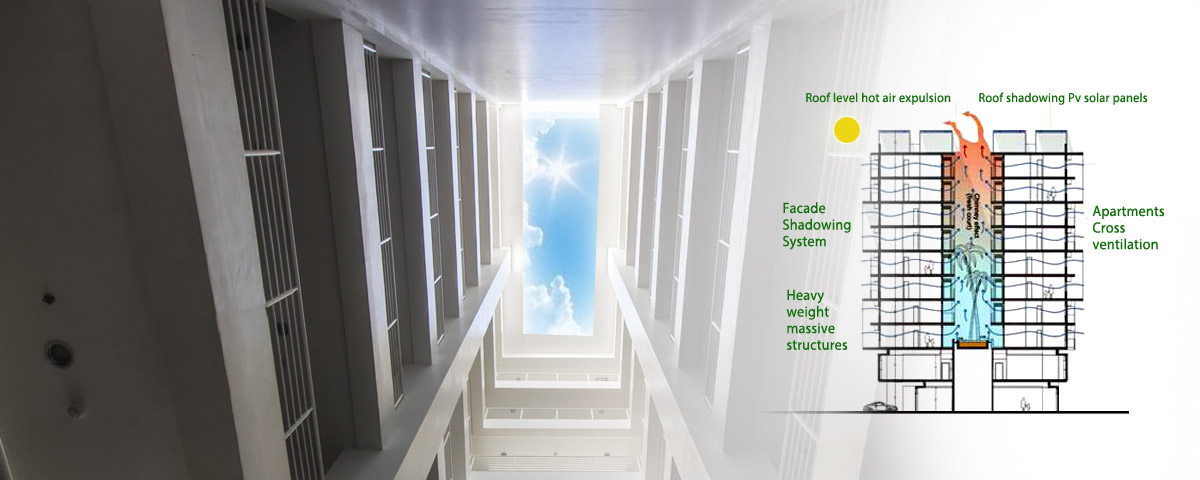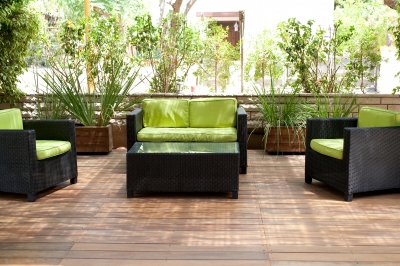The design of Primavera Residences made use of simulation software such as this, which factors in the path of the sun throughout the entire year as well as wind velocity up to strengths experienced during typhoons. Because of the investment in design, as well as its uptown location of 110 meters above sea level, Primavera Residences is considered a very safe location for a home and business.
Conversations with some of the survivors of the two most disastrous events that occurred last year allowed me to get some insights about the future which is not so defined now with all the sudden changes happening around us.
Climate change – the wrath of nature – is finally showing us its reality.
For the longest of time since I started writing about business in our region, the buzzword had been sustainable. Now we add green, eco-friendly. We ask these of our activities, our engagements, but do we ask this of our homes?
According to Italian Architect Romolo Nati, chief executive officer of ITPI Corp., which pioneers green architecture in the Philippines, people used to be like the animals who construct their homes based on the resources available in their environment and according to the characteristics of their area. This is what their aim is in promoting sustainable real estate development in the Philippines.
Having constructed the first eco-friendly building in Mindanao, Mr. Nati explained that with proper planning, construction and maintenance costs of buildings could go down. More importantly, these buildings could withstand extreme weather conditions because they are precisely built to perform during these natural hazards.
Consequently, ITPI has strategically decided to invest more on design, and on the needed software, to be able to strategize their constructions.
Through the software, designers of ITPI can easily input data to do shadow projections of buildings considering the path of the sun throughout the entire year, for example. The positioning of the buildings can also be maximized to increase or decrease wind velocity in anticipation of the strong typhoons now expected to batter the country. Even the number and size of blinds that they would need to cool a room can be computed through the software.
I remember some survivors of Typhoon Yolanda sharing how their entire roofs were lifted off by the powerful wind. They narrated how they saw their neighbors’ houses tossed around to finally be dashed to pieces. Structures they once thought were safe – schools, churches, government buildings – were similarly battered, adding to their confusion and fear.
I could not help but think that it could have been us after all. With typhoons now passing through Northern Mindanao, it could easily have been us. And the million-dollar question is: am I – are we – ready? We don’t only act when the problem is already there – we plan. We strategize.
The developers of Primavera Residences were cited by National Geographic this year as New Philippine Business Leaders, primarily because of the international recognition given to its best-in-class passive cooling design and other sustainable architecture features.
The condo building is ready for occupancy. No need to wait years to move in or set up your business. To find out how to invest in Primavera Residences, click here.






